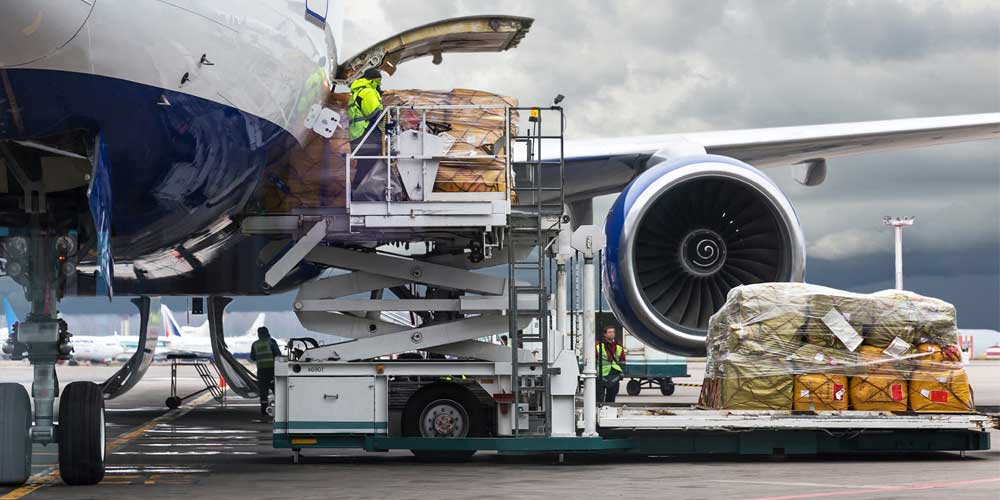
IATA DGR PI 967 & PI 970 Confusion
The wording in recent, current and upcoming editions of the International Air Transport Association (IATA) Dangerous Goods Regulations (DGR) has some potential to confuse the regulated community, especially regarding shipping lithium batteries.
Exemptions Restricted or Not?
The paragraph providing an exemption from the lithium battery mark (pka “Handling Label”) is found in the last sentence of the second paragraph in Section II “Additional Requirements”, for the packing instructions (PI) for both UN3091 and UN3481 “contained in…” lithium battery entries:
This requirement does not apply to:
- packages containing only button cell batteries installed in equipment (including circuit boards); XXX
- consignments of two packages or less where each package contains no more than four cells or two batteries installed in equipment.
The “XXX” is the key that led to this discussion.
2016 as the Baseline:
In the IATA DGR 57th (2016) Edition, both PI 967 and PI 970 (“contained in equipment”, ion and metal respectively), the “XXX” in each case read “or”.
In other words, whereas cells/batteries other than button cells were limited to 2 packages per consignment, the number of packages per consignment were not limited when there were only button cells (of course, the maximum net battery weight per package restrictions in Table II of each PI must also be met).
Looking Forward to 2017?
Things then look as though they’re changing when reading the Appendix H (Intended Changes for 2017) – both PI H.967 & PI H.970 change the “or” to “and”- implying that button cells fall under the limit restriction of 2 per package and 2 packages per consignment.
2017 Confuses
When the IATA DGR 58th (2017) Edition arrives, it’s a bit confusing. PI 967 retains “or” for lithium ion cells and batteries; but PI 970 omits any conjunction. Some may interpret this to mean that this implies “and” is intended (I’ll leave it to the grammarians to parse the technical correctness of that assumption).
Thus, while you could still have as many (up to the 5 kg net) lithium ion rechargeable button cells per unit and unlimited packages per consignment, the above interpretation would limit lithium metal button cells to the 2 cells per package/2 packages per consignment restriction.
2018 to the Rescue?
We now have the IATA DGR 59th (2018) Edition in hand. The fog appears to be lifting a bit since both PI 967 and PI 970 have the “or” wording as appeared in our (for this discussion) 2016 “baseline”.
To further support the consistency, the 59th Appendix I (Intended Changes for 2019) retain the “or” wording in both PI I.967 and PI I.970. These entries are present to introduce changes to other aspects of these PI (e.g. deleting the reference to the transition period, which will be expired, for the old lithium handling label).
Of course, carriers may have their own interpretation or registered variations restricting the use of these exemptions regardless of the DGR wording. At least 1 carrier has published a 2017 overview document using the “or” wording for both PI situations.
This appears to be supported by the “2017 Lithium Battery Guidance Document”, published by IATA, which also includes the “or” reference for both PI (see p. 12).
So, the intent to include all type of installed lithium button batteries (“cells”) from the exemption restriction appears to be a common, if somewhat tangled, thread.






 ICC USA
ICC USA ICC Canada
ICC Canada
Hello Clifton,
how is the Situation, if Lithium- / LiMH- button cells are built in an integrated circuit (IC, PPGA),
so called MOS-cell (with a small mWh-rating.Is this to be placarded in the article (IC, …) with UN-Nr. and Special Provision or Exemtion.. Or is the internal comment Exemtion …. sufficient..
Rgds
S. Horn
RME